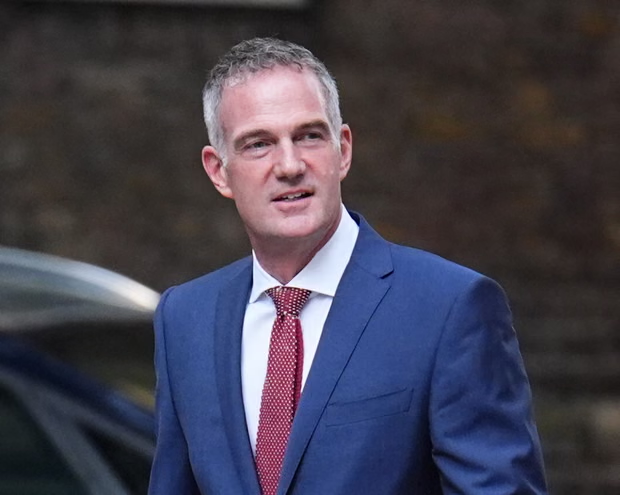Keir Starmer has reshuffled his junior ministers, sidelining union allies and raising questions over the future of the Labour workers’ rights bill. The move signals tighter government control and a potential shift in priorities.
Downing Street has framed the reshuffle as part of a stronger stance on immigration, with Shabana Mahmood, a rising social conservative, now leading the Home Office. She is supported by Sarah Jones, returning to her former policing brief. Analysts see the changes as Starmer balancing party unity while addressing voters concerned about crime and immigration.
Justin Madders, employment rights minister, was among the first to leave. He had been a key architect of Labour’s “new deal for working people.” His departure was not formally announced but shared personally on social media. Madders expressed gratitude for his role and pledged support to his successor to ensure the employment rights bill is implemented as planned.
Alongside Madders, Angela Rayner left her government positions and role as Labour deputy leader. Both had been central to designing the workers’ rights package, which unions hailed as the party’s most ambitious in decades. Their exit has prompted concerns that the bill could be diluted under new leadership.
Despite these departures, government sources insist Starmer remains committed to the bill. They describe it as beneficial for businesses, workers, and the wider economy. The package, initially promising reforms such as day-one rights, a ban on zero-hours contracts, and stronger protections against fire-and-rehire, remains a core government plan.
Peter Kyle, a close ally of Starmer, has been promoted to lead the business department, overseeing the employment rights brief. This move has sparked concern among Rayner and Madders’ allies, who fear the bill may be weakened under Kyle’s oversight. Polls indicate strong voter support for worker protections, making the issue politically sensitive.
Ellie Reeves has been shifted from party chair to solicitor general and will no longer attend cabinet meetings. Anna Turley takes her place. Georgia Gould, part of Labour’s 2024 intake, becomes education minister. Abena Oppong-Asare is appointed one of Starmer’s parliamentary private secretaries, connecting the government with the parliamentary Labour party.
Ian Murray, initially announced as leaving government, returns as joint minister across the culture and science departments. Other changes include Dame Diana Johnson moving to the Department for Work and Pensions, while Dan Jarvis retains a role in the Home Office and Cabinet Office.
Mahmood’s Home Office team signals a generational and strategic shift. Alongside Sarah Jones, Mike Tapp, a 2024 intake MP from a Reform-facing seat, joins the department, reflecting Labour’s attempt to strengthen its stance on crime and immigration. Louise Sandher-Jones, another new MP, becomes a defence minister, highlighting Starmer’s focus on renewing party leadership.
Jim McMahon and Maria Eagle have been moved back to the backbenches, while Catherine McKinnell resigned from her role overseeing school standards and SEND reforms. Jason Stockwood, former Grimsby Town chair and Labour mayoral candidate, joins the House of Lords as investment minister.
The reshuffle has raised concerns among unions and some Labour members that the government may be distancing itself. Rayner had been the minister closest to unions, and Madders was crucial to translating the workers’ rights plan into legislation. With both gone, internal tensions over the bill are expected.
Despite assurances from Starmer allies that the commitment remains, the reshuffle shows a centrist consolidation of power and a potential ideological shift. Analysts say the changes may set the stage for factional battles over workers’ rights in the coming months.

